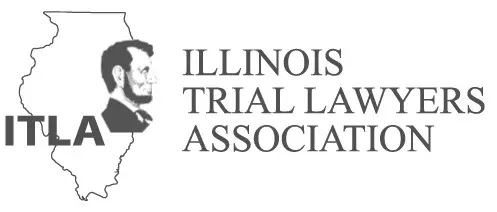Overview
Birth Asphyxia Attorneys: Holding Accountable for Birth Injuries
Hypoxic Ischemic Encephalopathy (HIE), more commonly called birth asphyxia, is a type of birth injury when there is a lack of oxygen and blood flow to the baby’s brain at or close to the time of the baby’s birth. HIE occurs in approximately 2-9 out of 1,000 live births. Out of those who are affected, 10-60% die when they are a newborn and around 25% who live will suffer from severe brain damage and long-term neurodevelopmental impairments.
In the following video, Founding Partner Stephan D. Blandin discusses birth injuries and Romanucci & Blandin's experience with birth injury cases:
What can cause HIE/Birth asphyxia?
HIE can be caused by many different situations that could occur during labor and delivery such as:
- Complications from baby’s position or size
- Delayed delivery
- Delayed emergency C-section
- Elevated fetal heart resting tone between contraction
- Tachysystole
- Problems with uterus, placenta or meconium
- Trauma or hemorrhages during delivery in the baby’s brain
- Umbilical cord injuries
- Undiagnosed or improperly treated condition in the mother
- Improper use of forceps or other medical equipment
An experienced traumatic birth injury attorney can help you determine what has happened to your child and knows how medical professionals should manage the birthing process. There is a clear standard of care that medical staff should follow during fetal distress, placental abruption, preeclampsia when a baby has a low heart rate to help prevent brain injuries, perinatal asphyxia and other conditions that can cause permanent injuries, seizure disorders or developmental delays. In natural births and cesarean section births, everything matters from blood pressure and amniotic fluid to open airways. Upon birth, your child should be evaluated for symptoms of birth asphyxia along with things like muscle tone, oxygen levels and responsiveness. A birth injury attorney can help make sense of all the medical records, healthcare staff decisions and more.
There are many different times in which umbilical cord blood cases can be used in litigation. Hospitals may try to use normal umbilical cord gas results in order to defend themselves in a case. However, there are numerous reasons why a baby who suffered asphyxia/hypoxia could have received a normal cord gas:
- The baby may have had poor circulation and perfusion right after they were born
- The baby may have received invalid results due to an error in how the cord gas was drawn, stored or analyzed
- The baby may have suffered a head injury while being delivered that caused ischemia in their brain
- There are many different technical errors that can also influence the umbilical cord gas results. In fact, around 18-20% of cord gas results are not valid because of a technical error.
Free consultation on your case by Chicago-based birth asphyxiation lawyers
The birth asphyxiation attorneys at Romanucci & Blandin have proven success in these types of cases. If you or a loved one has suffered injury or wrongful death, please contact our office at 312-458-1000 or click here for a free case evaluation. There is never a fee until you are compensated for your injuries at the end of the case.
Disclaimer: The content found on this page is not legal assistance and contacting the birth injury lawyers at Romanucci & Blandin’s law office for a free consultation regarding personal injury cases and birth injury claims does not constitute an attorney-client relationship.














